
Local View: UNL research betters Nebraska, world
In his letter to the Lincoln Journal Star, UNL Chancellor Ronnie Green outlines the various research projects conducted by the university that have long-lasting impacts for countless people.
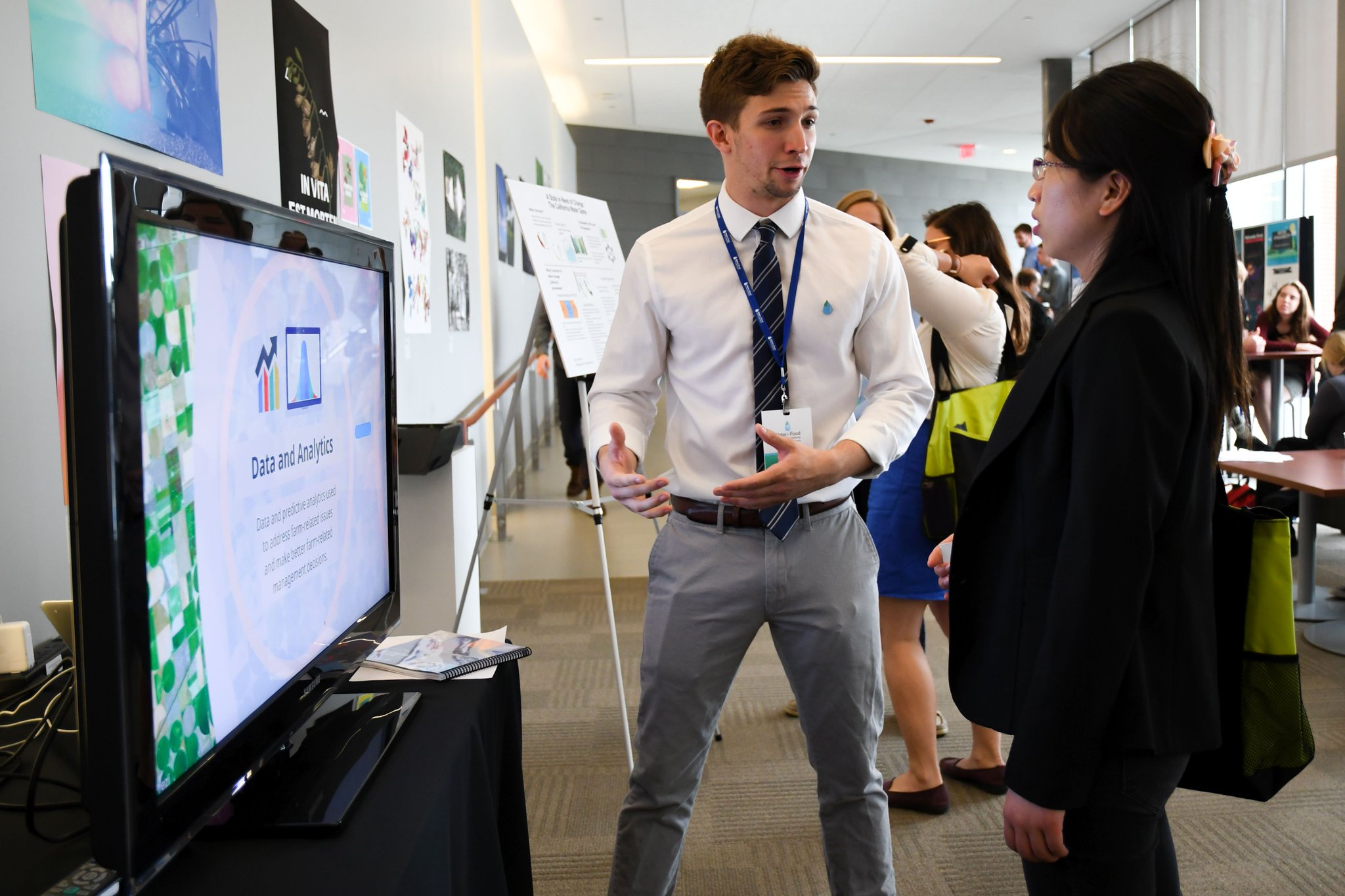
Daugherty Water for Food Global Institute releases annual report
The Robert B. Daugherty Water for Food Global Institute at the University of Nebraska released its annual report last month, providing an overview of their research efforts and innovations to advance water and food security.

African textiles exhibit open at International Quilt Study Center and Museum
On December 7, the International Quilt Study Center and Museum celebrated the opening of a new exhibition, “From Kente to Kuba: Stitched Textiles from West and Central Africa.”
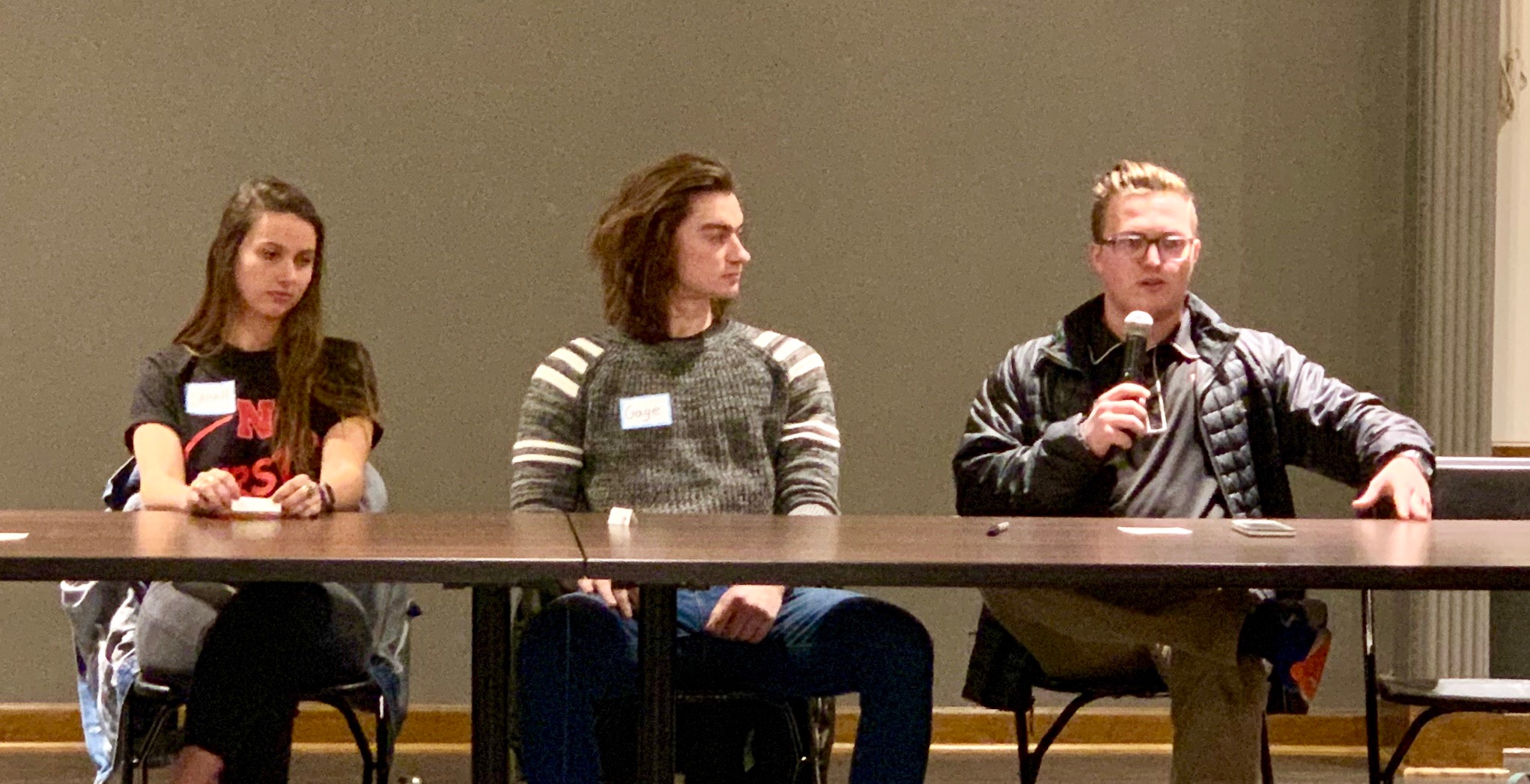
Interning and researching abroad gives students advantage in globalized world
During International Education Week, the Education Abroad Office and Career Services hosted two panels for students to share their experiences with internships and research opportunities abroad. The events highlighted how going abroad gives students a professional advantage in today's world.
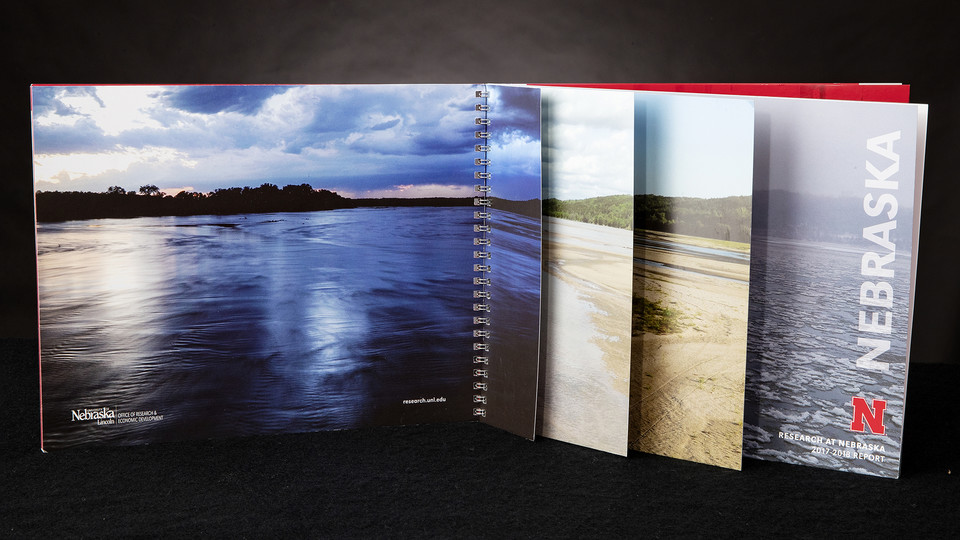
Nebraska research report available online
The 2017-18 University of Nebraska-Lincoln Research Report is now available online, featuring work on global food security, the Zika virus, Innovation Campus’s unique community with world partners and more.
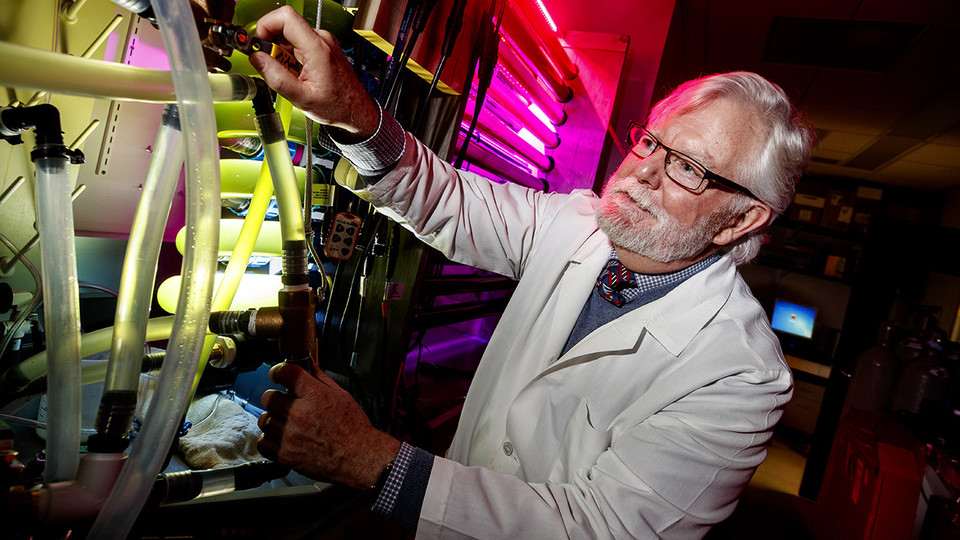
Husker biochemist named AAAS fellow
University of Nebraska–Lincoln biochemist Paul Black has been named a 2018 fellow of the American Association for the Advancement of Science, the world’s largest general scientific society.

Education Abroad Office encourages students to look beyond Europe
The staff of the Education Abroad Office hope students begin with the “why” for a program abroad as opposed to the “where,” encouraging students to look beyond Europe and consider places like China.

Global Strategies announces new "Global Virtual Classrooms" grant, due Nov. 28
The Office of Global Strategies has announced the new "Global Virtual Classrooms" grant for academic year 2019-2020. The grant provides support for faculty to incorporate innovative online technologies in existing undergraduate or graduate courses through synchronous virtual exchanges. Current UNL tenured and tenure-track faculty and professors of the practice are eligible to apply before November 28, 2018. Awardees are eligible for $4,000 in year one and $1,000 in year two of the grant.
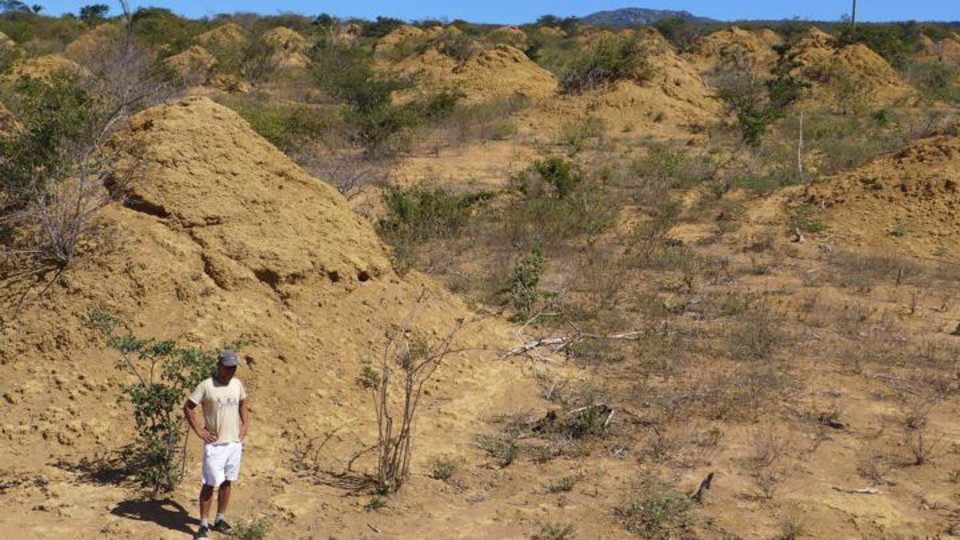
International research team dates Caatinga forest termite mounds to 4,000 years
In the Caatinga forest of northeastern Brazil, approximately 200 million cone-shaped mounds, spring up from the earth, evenly spaced and equal in size and easily visible from space. According to a new study by University of Nebraka-Lincoln professor Paul Hanson, the termites responsible have been slowly building a network of mini pyramids over 88,000 square miles long for nearly 4,000 years. The international research team, led by Hanson and in collaboration with professors from the U.K., Brazil and New York, have published their findings in the Current Biology journal.

Huskers compete for chance to change the world
Competing for a chance at $1 million — and, more importantly, the opportunity to create a positive impact on the world — students at the University of Nebraska–Lincoln pitched business plans at the Nebraska Hult Prize Challenge Nov. 16. The campus competition was the first time in Nebraska for the annual international contest, which challenges young people around the world to solve youth unemployment by proposing a business with potential to provide meaningful work for 10,000 youth within the next decade.